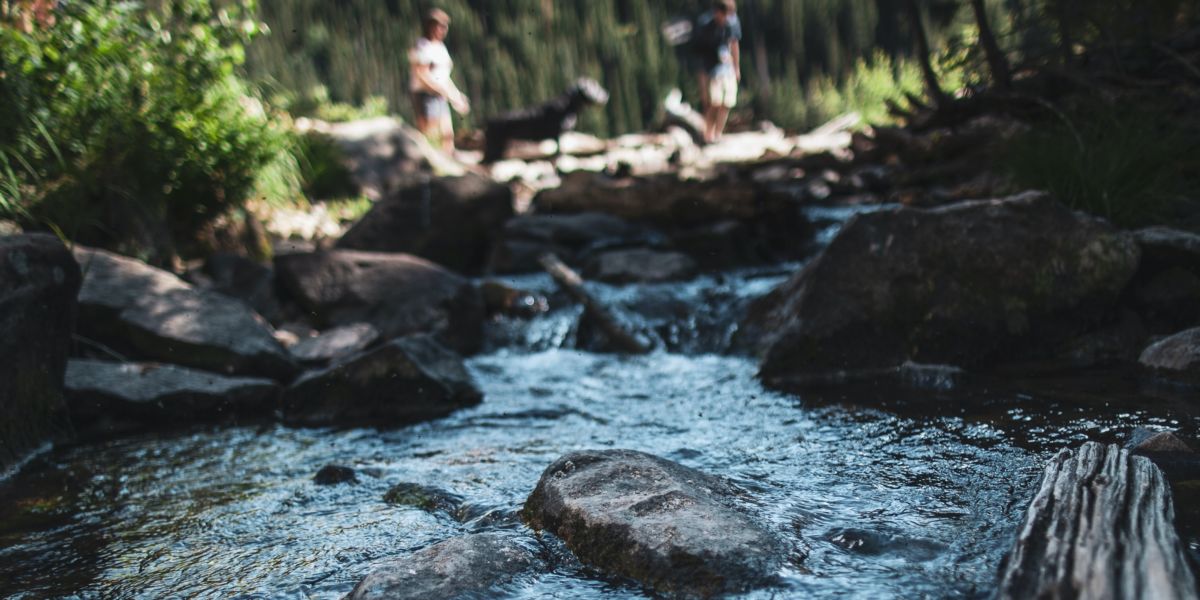
A River Runs Through It. Now What?
Storm surges and seasonal currents can make water crossings tricky. A little know-how goes a long way

Zach Lucero/Unsplash
Always check with rangers or administrators about seasonal water flow before heading out. Understand tidal flow and the impact of recent or expected rain on water level surges. Ask about any problem areas.
For proper gear, bring spare footwear that may get soaked. Walking through a shallow stream may be safer than tightroping across a wet log. Pack a lightweight microfiber towel to dry your feet, and use trekking poles to create added stability and to test water depth. Additionally, convertible, zip-off pants help avoid extra drag during and after crossing water.
Assess the current. Throw a branch into the stream to determine its speed and inspect to see if debris is surging with the current. Never attempt to cross a fast-moving stream. The best spots are straight, wide, slow, and shallow.
